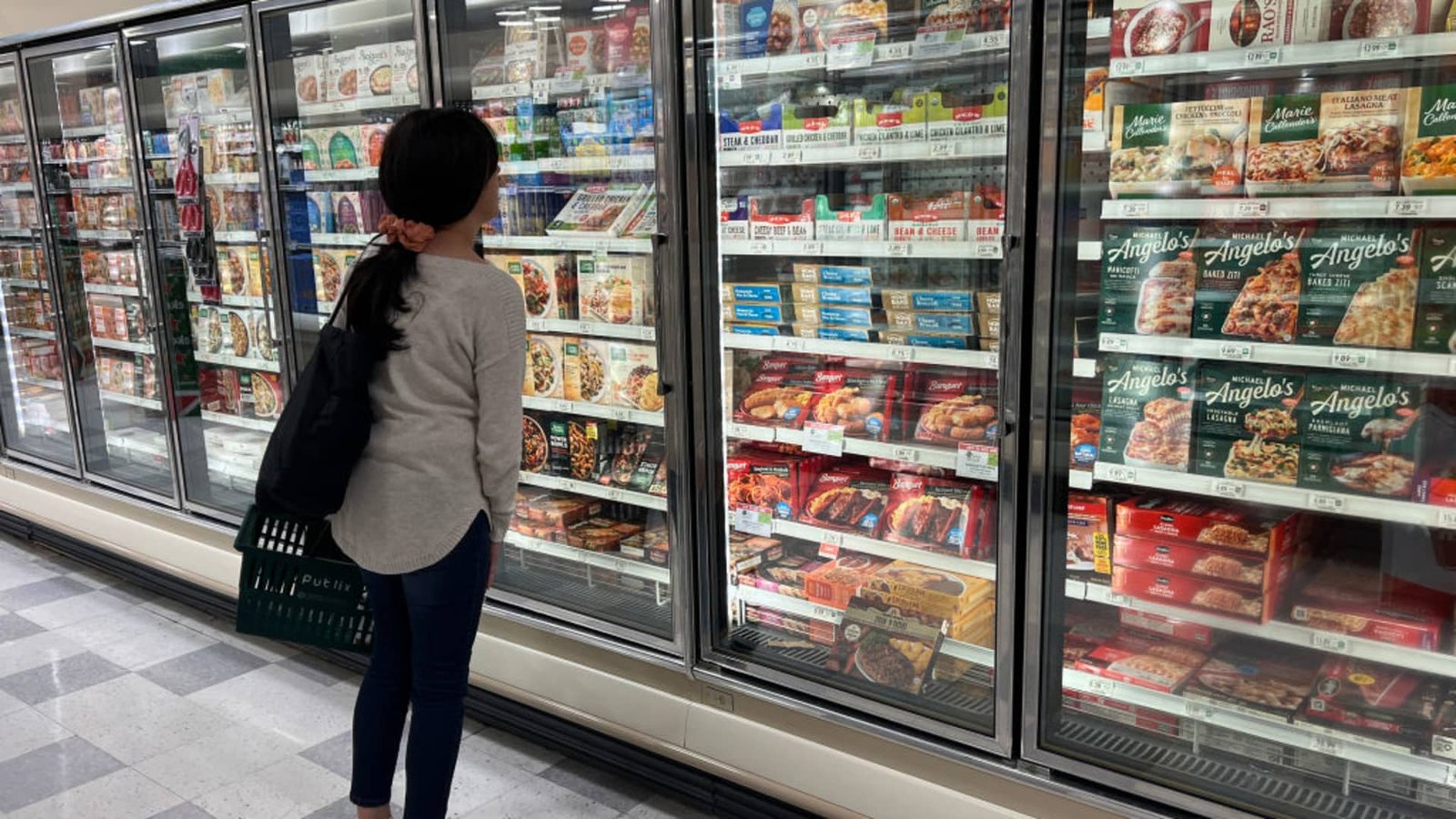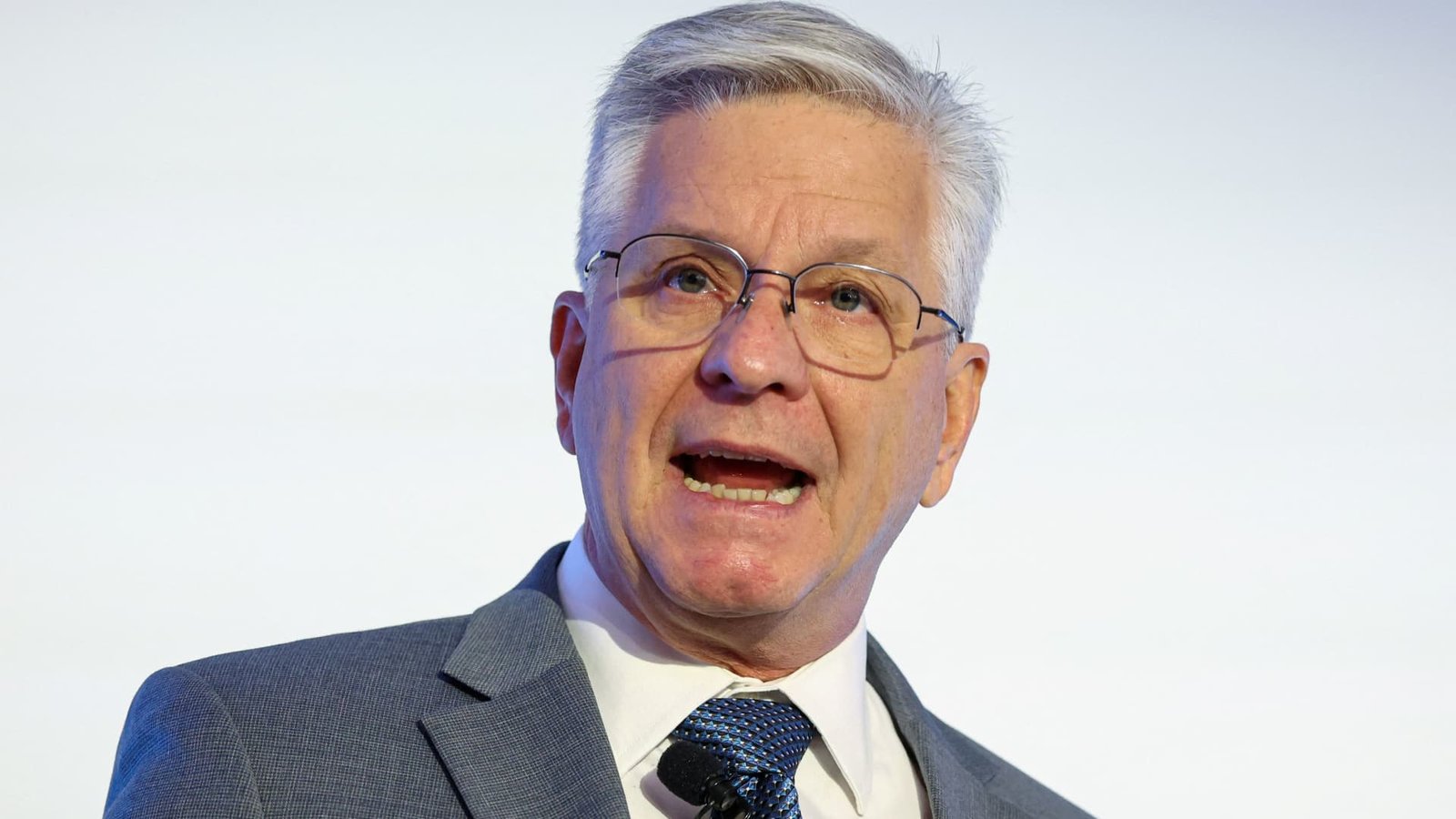In October, inflation increased in line with Wall Street expectations, as reported by the Bureau of Labor Statistics on Wednesday. The consumer price index rose by 0.2% for the month, bringing the 12-month inflation rate to 2.6%, up by 0.2 percentage points from September. These figures matched the estimates provided by Dow Jones.
Excluding food and energy, the core CPI showed a more significant increase. It went up by 0.3% for the month and reached 3.3% annually, meeting forecasts. Stock market futures rose slightly after the release, while Treasury yields decreased. Traders reacted by increasing the likelihood of the Federal Reserve cutting its key interest rate by another quarter percentage point in December.
Energy costs remained flat in October after declining in previous months, while the food index increased by 0.2%. On a year-over-year basis, energy decreased by 4.9%, while food prices rose by 2.1%.
Shelter prices continued to be a significant factor in the CPI movement, with the shelter index increasing by 0.4% in October, double the September increase, and up by 4.9% annually. This category accounted for over half of the overall CPI gain, according to the BLS.
Used vehicle costs rose by 2.7% during the month, while motor vehicle insurance declined by 0.1% but was still 14% higher over the 12-month period. Airline fares increased by 3.2%, while egg prices fell by 6.4% but remained 30.4% higher compared to a year ago.
Inflation-adjusted average hourly earnings for workers increased by 0.1% for the month and 1.4% from a year ago, according to a separate report by the BLS.
These inflation figures moved further away from the Federal Reserve’s 2% target, potentially complicating the central bank’s monetary policy strategy, especially with a new administration set to take office in January.
Ellen Zentner, chief economic strategist at Morgan Stanley Wealth Management, commented on the situation, stating, “No surprises from the CPI, so for now the Fed should be on course to cut rates again in December. Next year is a different story, though, given the uncertainty surrounding potential tariffs and other Trump administration policies.”
Traders have adjusted their expectations for Fed rate cuts, anticipating a total reduction of three-quarters of a point through the end of 2025, which is half a point less than previously expected before the presidential election.




